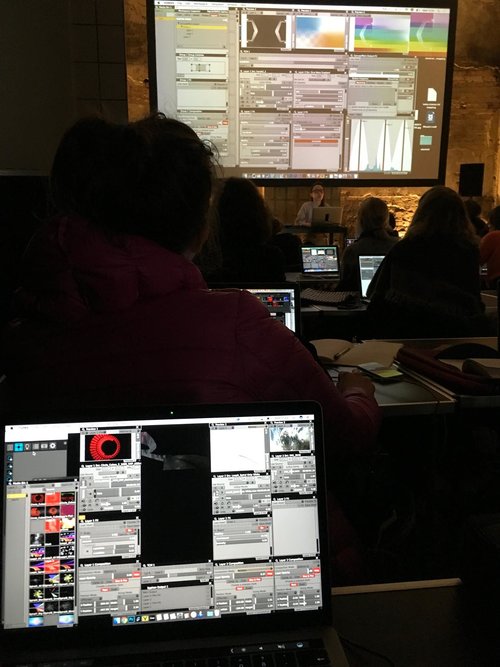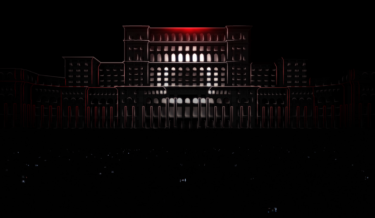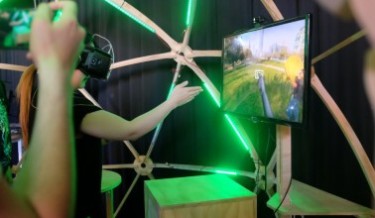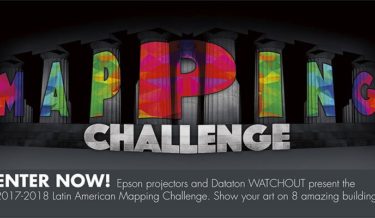Related post
Lines A/V Architectural Mapping Performance
Dec 18, 2017
|
Comments Off on Lines A/V Architectural Mapping Performance
2041
Union VR, a first person art/empaty game por Oktopus
Dec 16, 2015
|
Comments Off on Union VR, a first person art/empaty game por Oktopus
2269
2017-2018 Latin American Mapping Challenge
Sep 12, 2017
|
Comments Off on 2017-2018 Latin American Mapping Challenge
2171








